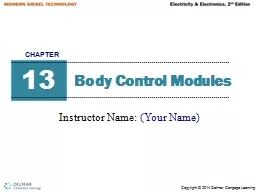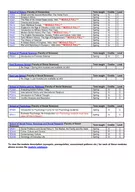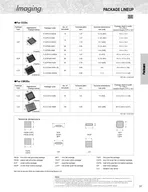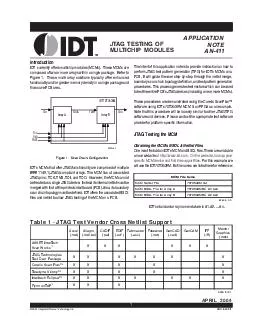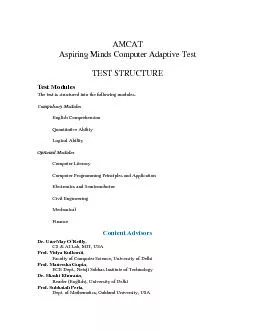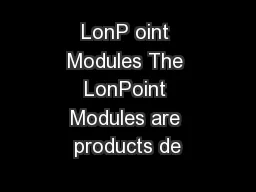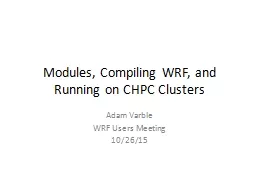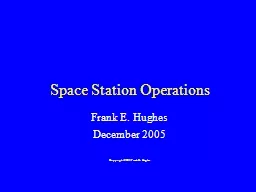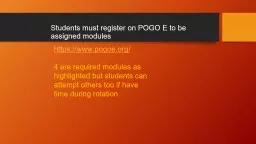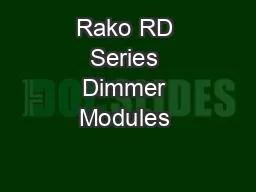PPT-Body Control Modules
Author : alexa-scheidler | Published Date : 2015-11-17
Instructor Name Your Name 13 CHAPTER Learning Objectives Explain the concept of virtual fusing List the type of inputs and outputs used by a typical body control
Presentation Embed Code
Download Presentation
Download Presentation The PPT/PDF document "Body Control Modules" is the property of its rightful owner. Permission is granted to download and print the materials on this website for personal, non-commercial use only, and to display it on your personal computer provided you do not modify the materials and that you retain all copyright notices contained in the materials. By downloading content from our website, you accept the terms of this agreement.
Body Control Modules: Transcript
Download Rules Of Document
"Body Control Modules"The content belongs to its owner. You may download and print it for personal use, without modification, and keep all copyright notices. By downloading, you agree to these terms.
Related Documents

